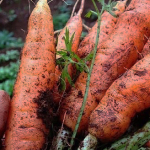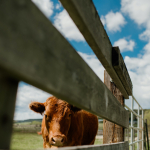Organic Stories: West Enderby Farm
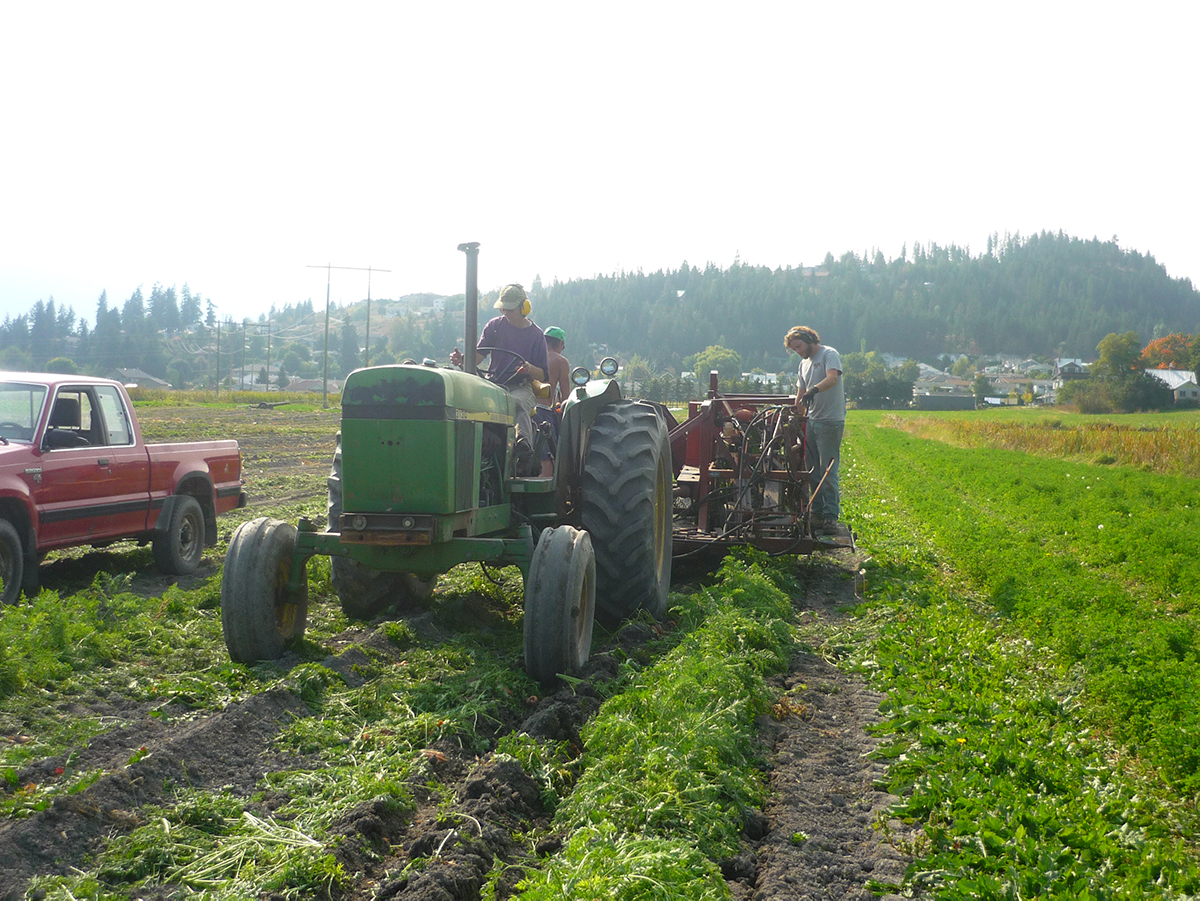
From Carrots to COR
Darcy Smith
Carrots: “hard to grow, but easy to sell,” says Paddy Doherty, who farms at West Enderby Farm with his partner Elaine Spearling. When late November rolls around and most vegetable farmers are finally kicking up their feet for a few moments of rest, Paddy and Elaine’s farm is still a hub of activity. “It’s like having a dairy cow, you never get a break,” jokes Paddy. “You start selling in July and go until April. Farmers are on vacation and we’re still packing carrots three, four days a week.”
“Carrots are very intensive. When you’re not weeding, you’re harvesting or irrigating, no downtime.” But they’re worth it.
In 2011, Paddy and Elaine founded West Enderby Farm in 2011 on a 40-acre former dairy farm. They knew they wanted to pursue a wholesale business model. “We didn’t want to move up to the North Okanagan and immediately start competing with our friends at the Armstrong Farmers’ Market,” Paddy says. “So, we decided to grow a crop to sell to local grocery stores and wholesalers.” And there are never enough carrots to go around.

Plus, back when Paddy was involved in the early days of COABC, he remembers a wholesaler saying, “It’s great that you have broccoli for a month in the summer, but really, winter is our busy season. That’s when people want to buy vegetables and spend more time cooking.” An idea was planted, and decades later, when the pair wanted to relocate to the Okanagan and start farming again, it would bear fruit.
At the time, they didn’t know anyone who sold directly to grocery stores in any volume. It’s always difficult to break into the wholesale market: “you need volume to be able to even talk to them,” Paddy says, but over the last decade, the rise of local and organic food has shifted the marketplace. With consumer demand for local food, retailers are “much more open to the idea of buying from farmers, even though there’s a lot of hassle involved for them,” having to deal with a lot of little farms.
How did West Enderby Farm get a foot in the door, or, rather, a carrot on the shelf? “We needed a decent looking bag, some marketing, a barcode, but mostly we needed to be able to service them for at least six months with sufficient stock,” Paddy says. Today, Paddy and Elaine grow 50-80 tonnes of certified organic carrots a year, along with a handful of other crops, including cauliflower and beets, for the wholesale market.
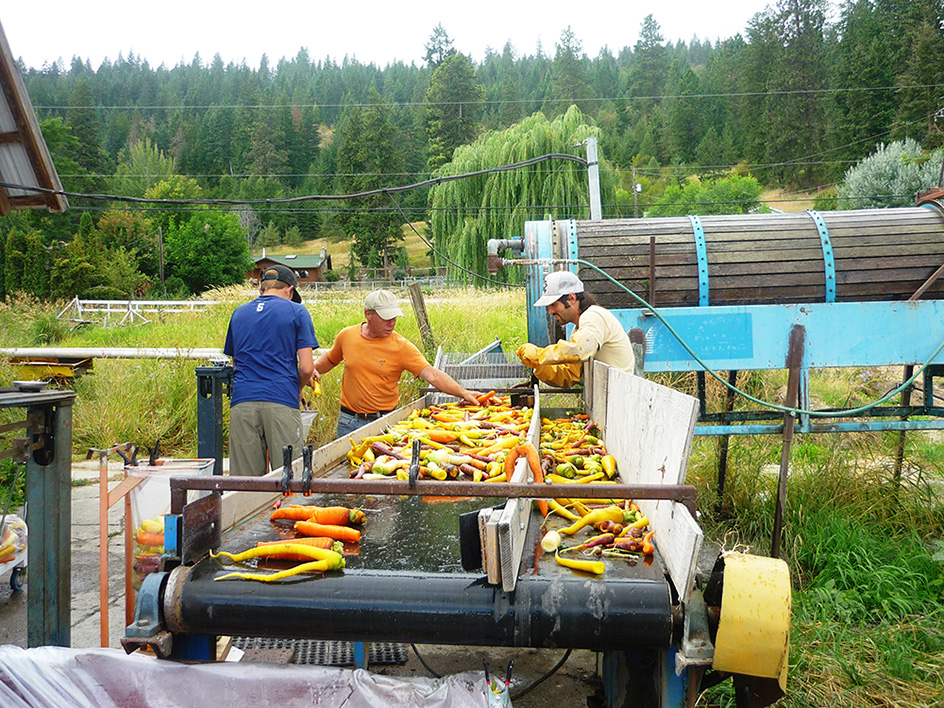
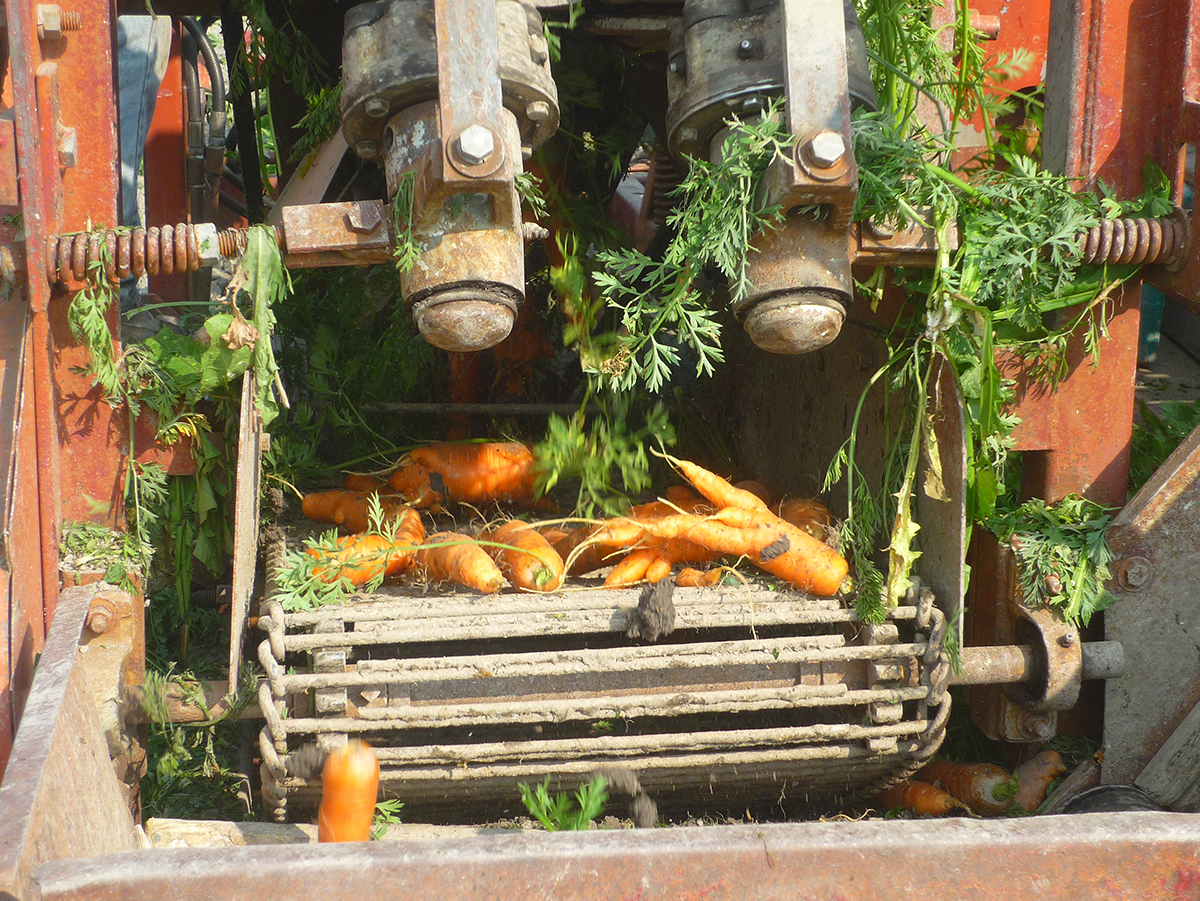
On the farm, Elaine does the crop planning, soil analysis, and lots of field work, to name just a few. Paddy keeps the machines running and looks after organic inspections. They hire three or four workers over the growing season. Elaine also orders all their seed, and they’re very particular about quality. A current favourite is Bolero, because it “gets sweeter the longer it’s in storage, grows well and consistently, makes a nice shaped carrot, and has good germination and vigour,” says Paddy. But they’re always on the lookout for new varieties. The downside to Bolero is its brittleness, leading to breakage in machine harvesting and packaging. “Commercially, nobody would grow Bolero if they were any bigger than us.”
Paddy and Elaine both have deep roots in agriculture and BC’s organic community. Elaine has a degree in agricultural botany, and taught organic farming for many years at UBC Farm and in the UK. Today, she sits on the steering committee of the North Okanagan Land to Table Network when she’s not out in the field. Paddy is the President of Pacific Agricultural Society (PACS), a member of the National Organic Value Chain Roundtable, sits on the COABC board, and is a part of the Okanagan Regional Adaptation Working Group for the Climate Action Initiative.
Look back 30 years and Paddy and Elaine were raising sheep in Quesnel, and watching regional certification bodies pop up around the province, with “differing standards, and differing ideals and procedures,” Paddy remembers. “It was quite interesting. The government approached us, and there was a group of aligned certification bodies that came together, that was the initial nucleus of COABC.”
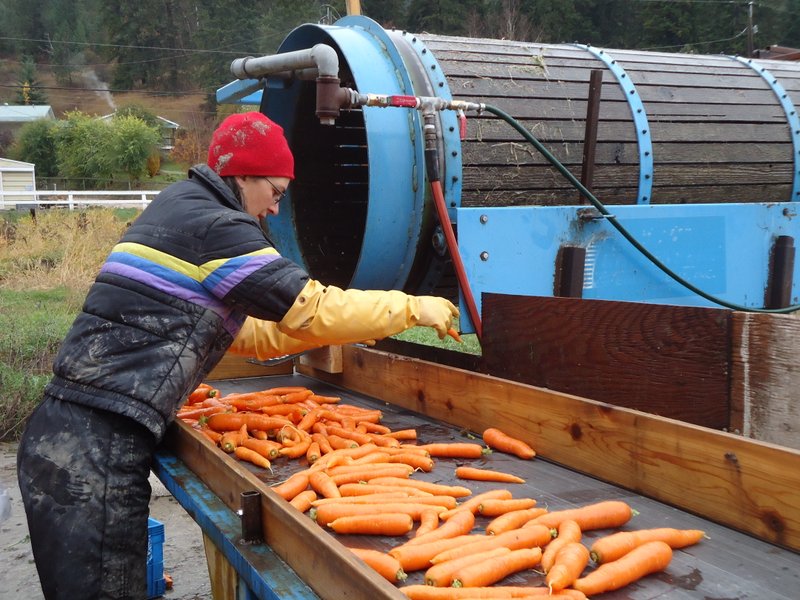
Paddy was volunteering with the Cariboo Organic Producers Association (COPA), and tapped into the provincial movement. “I was always an environmentalist, it’s the way I was raised,” he says. “Organic farming is my way of doing what I believe in as my mode of production.”
At the time, there was new legislation in BC that would allow the development of a provincial regulation around organic. Not everyone was on board with a mandatory label, so they moved forward with a voluntary program in 1992, the BC Certified Organic Program (BCCOP). [Editor’s note: the Organic Certification Regulation passed in 2018, making certification mandatory for use of the word organic.]
About helping build the BCCOP, Paddy says, “I guess I enjoyed it, getting people together and getting agreements, and had a talent for it, so I kept going.” As he puts it, “I just hung around and kept on showing up and learning. We were inventing new things, the Ministry of Agriculture helped a lot but we had to invent a lot of it.” Then came the development of Pacific Agricultural Certification Society (PACS). “I learned a lot in that process, starting a commercial CB from scratch and writing a quality manual for that,” he says.

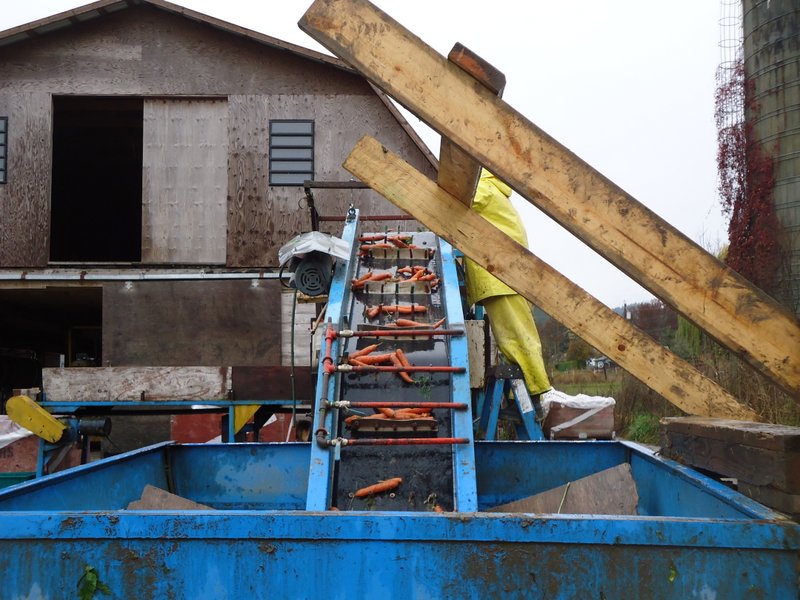
At a national level, in response to an edict from the EU requiring a national regulation to ship organic products to Europe, “fruit growers in BC were very concerned about their access to EU markets.” Paddy led the development of a project to get an organic regulation together in Canada to ensure access to EU markets.
From there, Paddy when on to work with IFOAM, where he “met some really cool people, and traveled, and made relationships that are important to me today,” and with ISEAL as the standards manager, working in the global sustainability standards community. “There’s so much more beyond organic, there’s the Forest Stewardship Council, the Marine Stewardship Council, and a hole pile you haven’t heard of—all trying to save the world in different ways, using this system of consumer pull, and voluntary standards systems.”
Today, Paddy is busy working on the latest standards review, and leading a project to attempt to solve the problem of a brand name inputs list, as a project of the Organic Value Chain Roundtable. The Roundtable is “a place where leaders of the organic industry can come together to solve problems,” explains Paddy, and it’s been instrumental in bringing together a Canada’s disparate organic movement, from coast to coast, and up and down the value chain, from retailers, to producers, and everyone in between. “It didn’t turn us into one organization, but it definitely helped us focus our energy.”
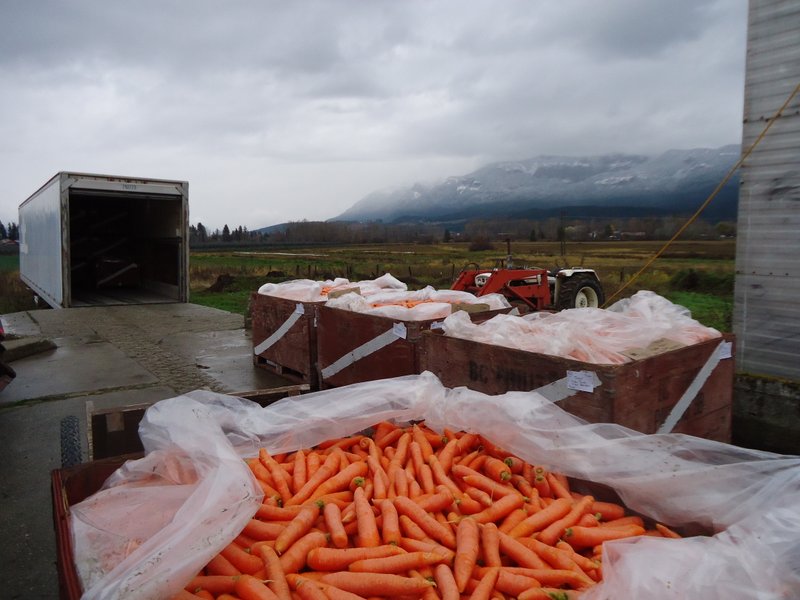
“Organic may only be 2% of the market,” Paddy says, but “we have come leaps and bounds.” A small market share belies the outsize impact that organic farming has had on agriculture as a whole. “I do see change, change in production and in the market, towards more sustainable production. What we’ve done with our very strict standard is challenged other types of production to meet our bar.”
“As soon as you put organic carrots on the shelf, it shows consumers that they have a choice, and then the non-organic farmers are faced with, ‘How can I differentiate myself?’ It just changes the dynamic. It encourages a move towards more environmentally friendly production.”
Back on the farm, Paddy and Elaine are thinking about what’s next. They’re looking for someone to take over the carrot business, Paddy says, “but I wouldn’t mind growing cauliflower, that does well, we could grow cauliflower in the summer and take the winters off.”
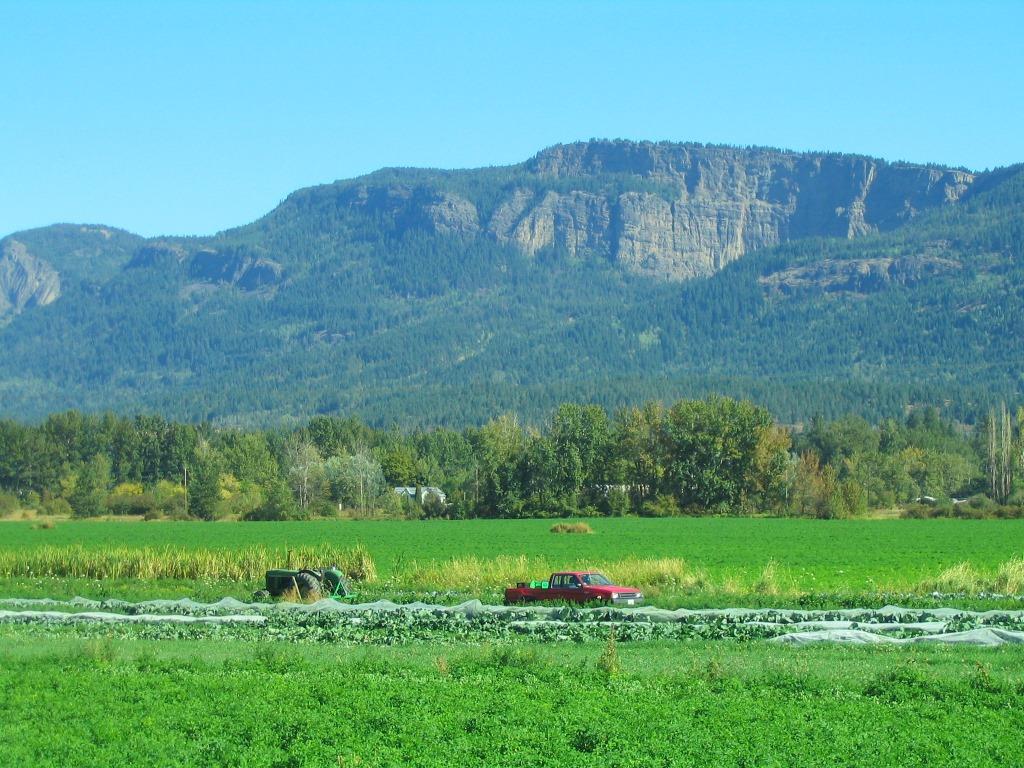
Darcy Smith is the editor of the BC Organic Grower, and a big fan of organic farmers. She also manages the BC Land Matching Program delivered by Young Agrarians.
All photos: West Enderby Farm





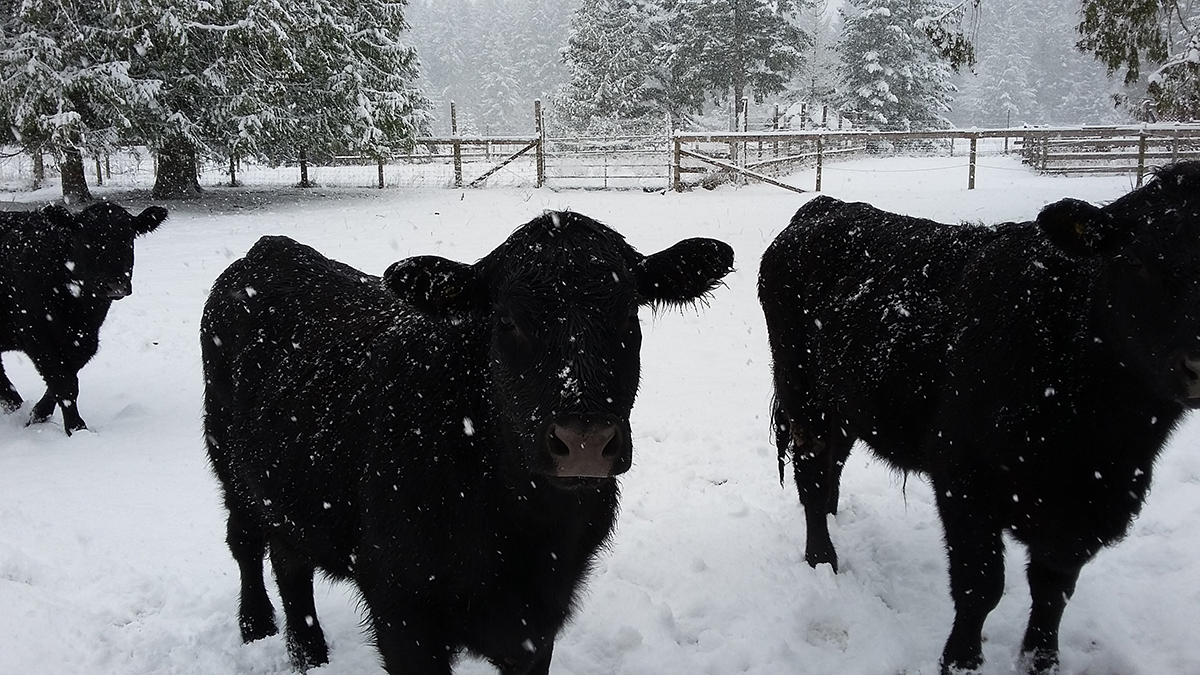

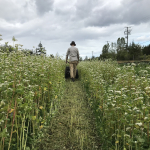


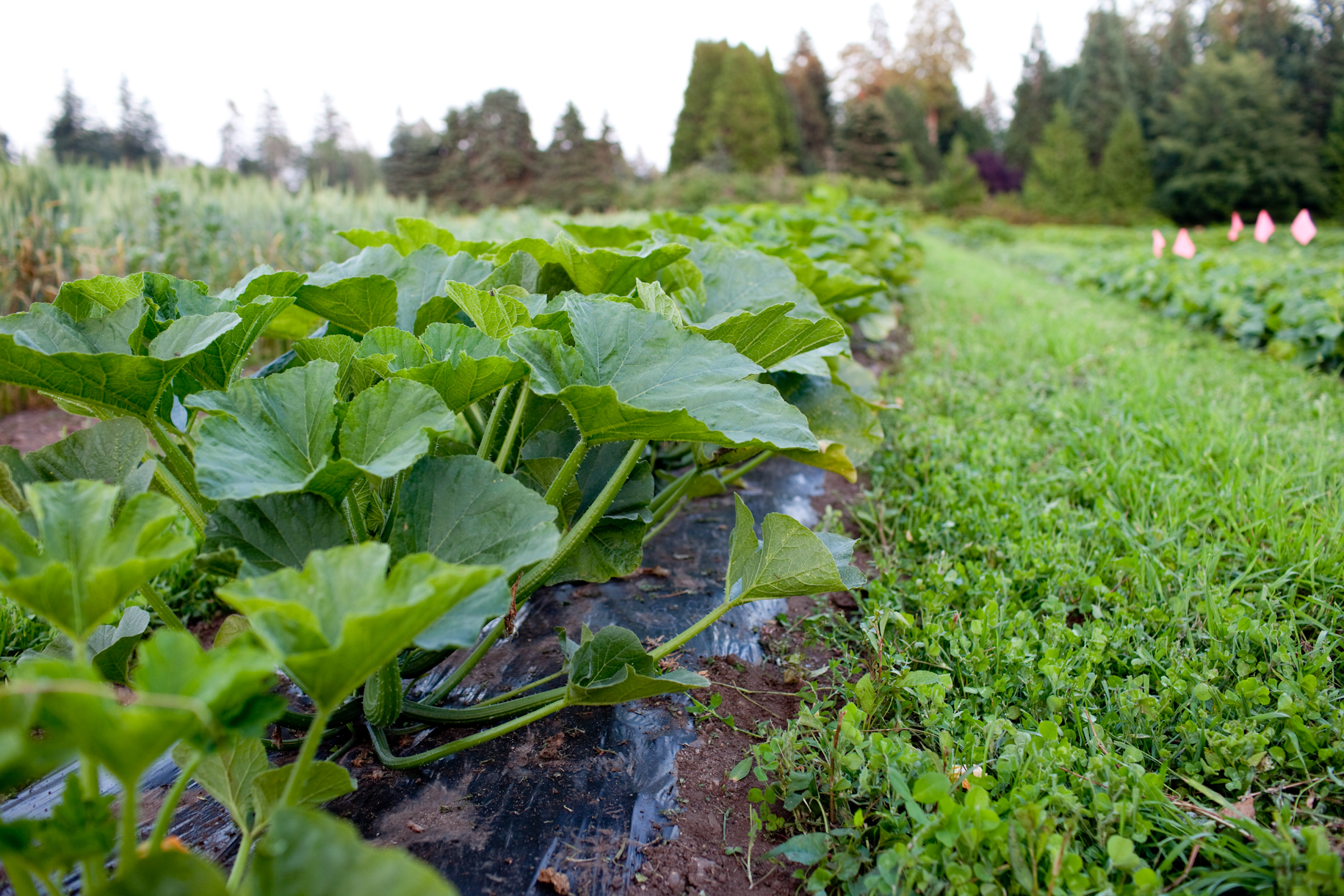



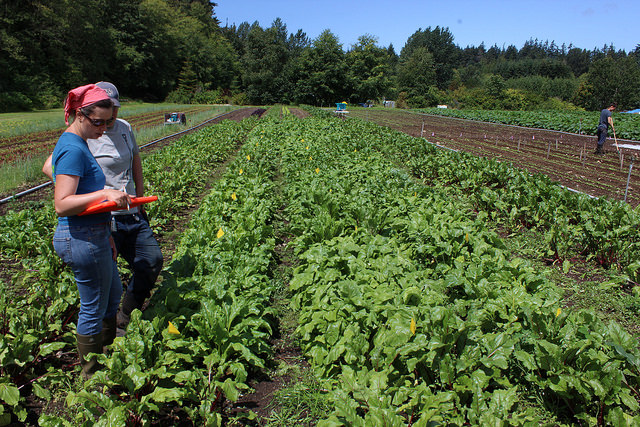
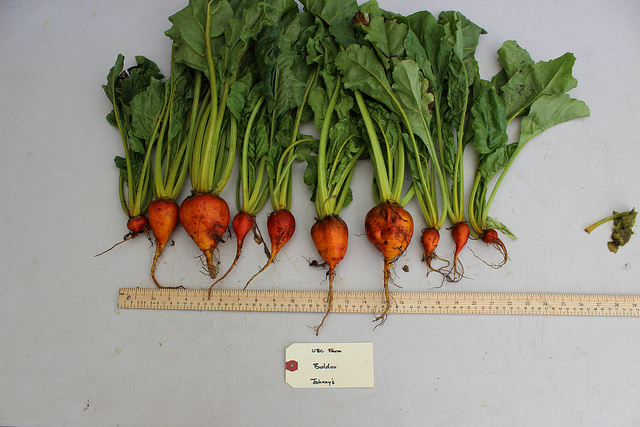
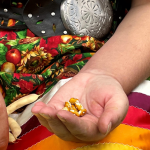



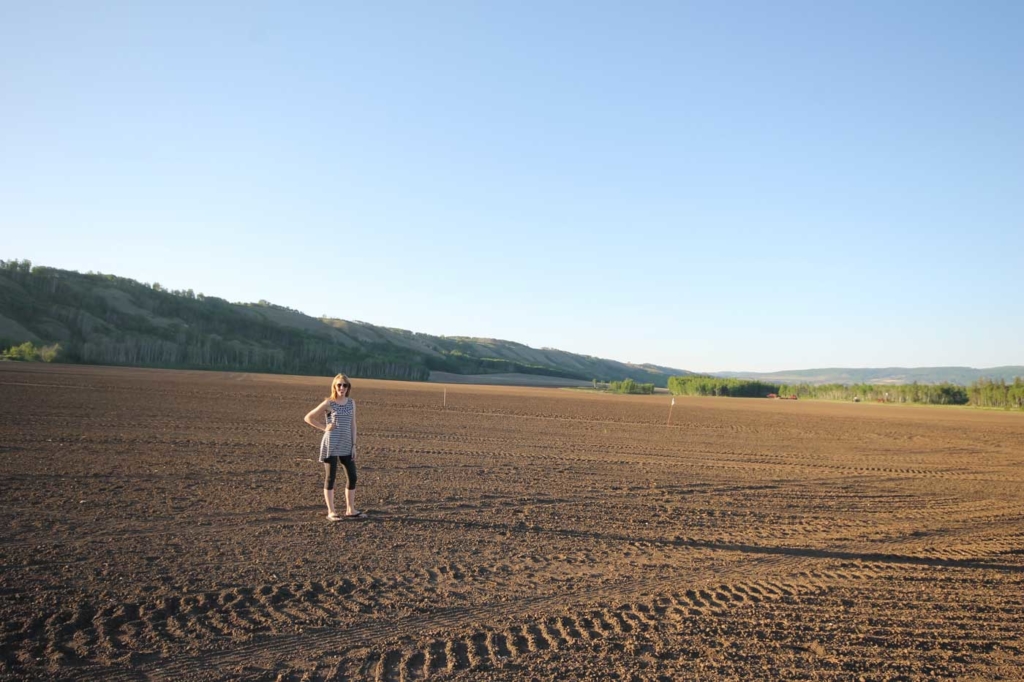

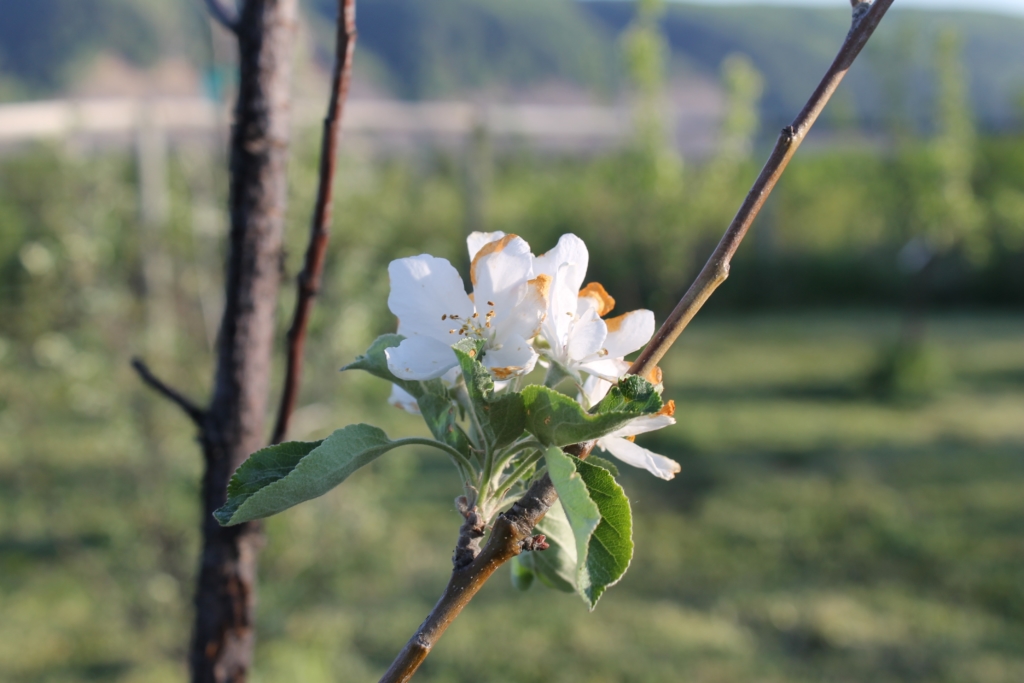

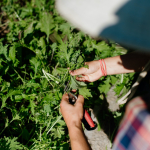
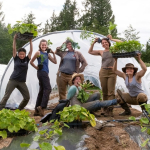
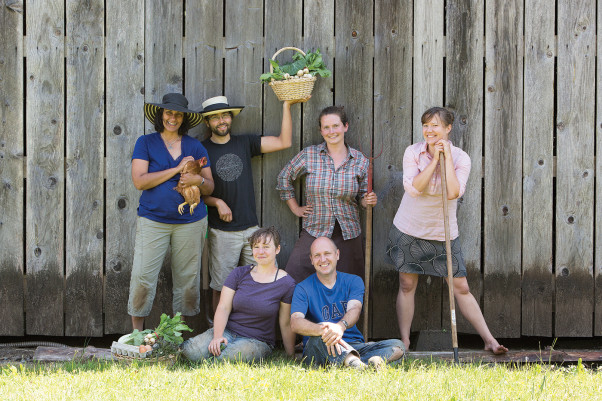

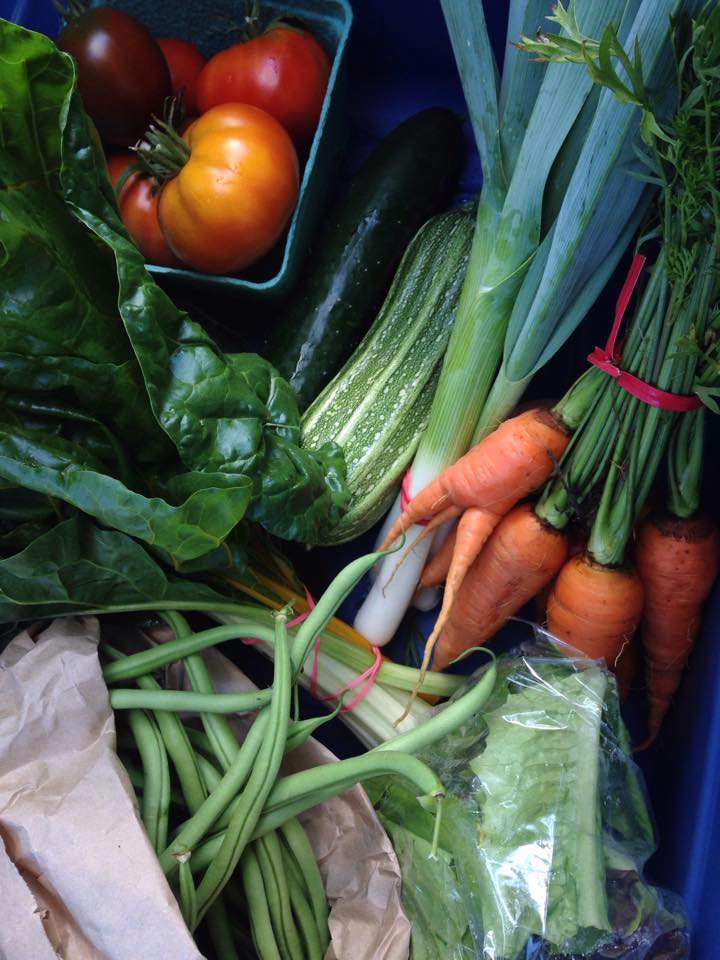
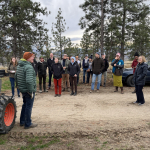
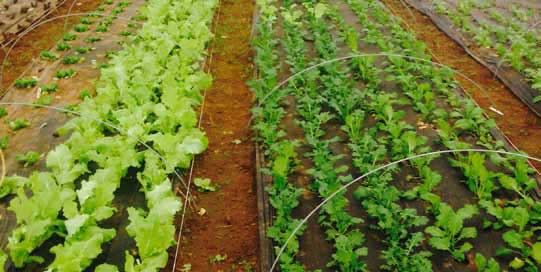
 While Brian had years of experience growing vegetables for family and friends, Yolanda was completely new to farming. She had moved to BC after working as an operating room nurse in Holland, and met Brian while they were both enjoying their other hobby – trail running. Did this athletic training prepare them to be the successful farmers they are now? Certainly farming requires stamina: “It’s a LOT of work,” Yolanda sighs, noting that they’ve given up trail running, along with tennis, since farming provides all the exercise they have time or energy for!
While Brian had years of experience growing vegetables for family and friends, Yolanda was completely new to farming. She had moved to BC after working as an operating room nurse in Holland, and met Brian while they were both enjoying their other hobby – trail running. Did this athletic training prepare them to be the successful farmers they are now? Certainly farming requires stamina: “It’s a LOT of work,” Yolanda sighs, noting that they’ve given up trail running, along with tennis, since farming provides all the exercise they have time or energy for!
